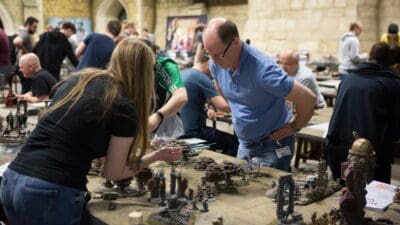For me, investing is, rather like anything else in life, about making mistakes, learning from them, and then trying again.
Whether you’re talking about investing gurus or ordinary investors like you or me, you make mistakes. I’ve made investing mistakes a plenty. Each mistake can be an excuse for you to quit investing, or it can be a learning experience. Take the latter path, and you might just end up a better investor.
The classic value play
Take Aviva (LSE: AV) (NYSE: AV.US). In 2011 the share price stood at around 340p, and the P/E ratio stood at around 6, with a dividend yield of 7-8%. Why was the share price so cheap? Because the prospects for the company looked bleak, with declining profitability and a substantial restructuring of the company forecast.
The company seemed the classic value play: a company that was cheap and yet was in an industry (insurance) that seemed for all the world safe and unexciting. So, in 2011 I bought in. After all, with a company this cheap, the share price couldn’t fall further. Surely, people would be searching for companies as cheap as this, and push the share price higher?
So, what happened? Well, of course, the share price fell. The Eurozone crisis rumbled on for what seemed an eternity, with all the talk being about the can being kicked down the road. And also bumping along the highway were financial shares. Banks and insurance companies were pummelled, with Aviva shares falling to 270p in 2012. At this time, the insurance company went from the profit of the previous year to a loss.
The share price then recovered gradually, but it seemed clearly to be trading in a range. So I sold, at about the same price I bought the shares for.
Zero profit, but a lot of learning
What happened then? Well, of course, the share price started rising, and rising, and rising. The day I am writing this article Aviva stands at 519p, with the trend still upwards.
What have I learnt from this, and how can I improve next time? Well, with the amazing Technicolor view of hindsight, I can see that Aviva was not really a value play. It was really a turnaround play. And my mistake was looking backwards, rather than forwards.
Let me explain. A company’s share price is a reflection of future trends rather than past performance. However profitable the company was in the past, that counts for little if the profitability is set to fall or turn to a loss in the future. But as soon as the market sees concrete evidence of a successful turnaround, with a return to profitability, the share price will take off.
So this was a missed opportunity for me. One of many. But you only need to take a few opportunities to make money in shares. That fact is reason enough for me to keep investing.






